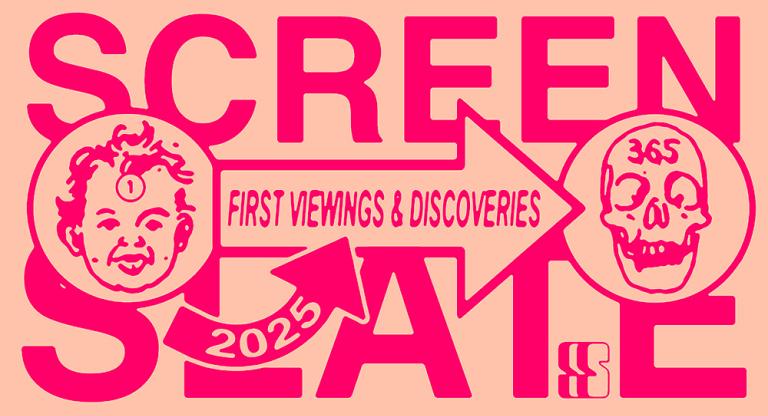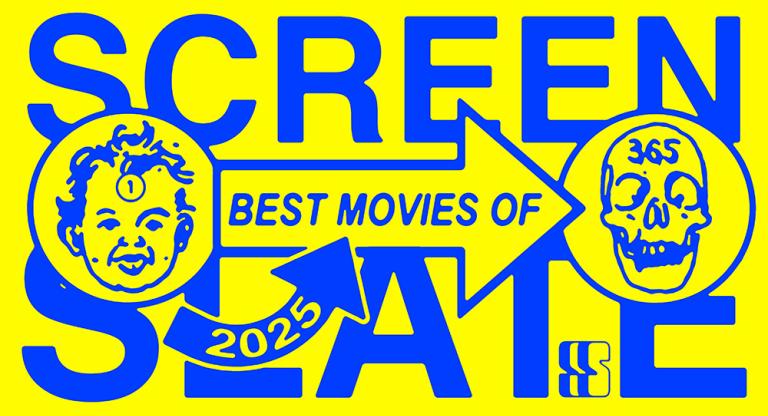“How did they ever make a movie of Lolita?” is the lead quote that graces the iconic poster for Stanley Kubrick’s controversial 1962 adaptation of Vladimir Nabokov’s even more controversial novel about Humbert Humbert, a delusional pedophile who pursues and eventually kidnaps 12-year-old Dolores Haze while renting a room in her mother’s house. Lolita has been adapted both directly and indirectly many times, but only an artist like Kubrick could take Nabokov’s masterpiece and turn it into a film that nearly culturally supersedes its source material. After all, the resounding image associated with Lolita is the aforementioned original film poster: Sue Lyon in heart-shaped sunglasses, lollipop in her mouth, totally disregarding Nabokov’s insistence that “no girls” be used to promote his work.
It’s less adaptation than excavation, as Kubrick neatly carved out the elements of the novel that were useful to his vision and left the rest out. It’s no wonder then that Kubrick and Nabokov’s relationship was thorny, a battle of authorial egos that ended in Nabokov nearly boycotting the film’s premiere entirely, fearing that his hand would be subtly erased from the finished product. He was right, of course, and he felt “a mixture of aggravation, regret, and reluctant pleasure,” when he finally saw the film, admitting that Kubrick was “a great director.”
Kubrick is often accused—or celebrated—for his cold, methodical eye. His films unfold before you with such precision that it can border on clinical. Lolita is a novel with a very specific, claustrophobic point-of-view, and it would be difficult for any adaptation to replicate it. The film adaptation is instead told from a third-person omniscient perspective, with James Mason as the sad, dog-eyed Humbert. It also revels in torturing its horrible protagonist. Mason’s Humbert is bumbling and ineffectual, a victim of his own perversity. By using this more removed perspective, Kubrick captures one of the book’s finest elements: the dueling points-of-view of Humbert, the narrator defending his actions, and Nabokov, the author who knows that Humbert is a liar.
To achieve this, Kubrick amplifies the role of Clare Quilty (Peter Sellers), a playwright competing for Dolores Haze’s affections, and the one character who successfully brings about Humbert’s downfall. The film is worth watching for Sellers alone, whose dementedly funny performance lends an unpredictable energy to an otherwise meticulous production. What Kubrick captures most authentically is Quilty’s ability to ordain the events of the film, leading Humbert into his trap. In a way, he acts as a stand-in for Kubrick himself, the ultimate self-insertion. When an author handed over their work to him—whether it be Stephen King, Arthur C. Clarke, Anthony Burgess, or Nabokov—the resulting collaboration almost always took on a cultural life of its own. For Lolita, what initially began as a battle of authorship ended in a film that builds upon the source material while carving out its own legacy.
Lolita screens this afternoon, October 26, at the Roxy on 35mm.



